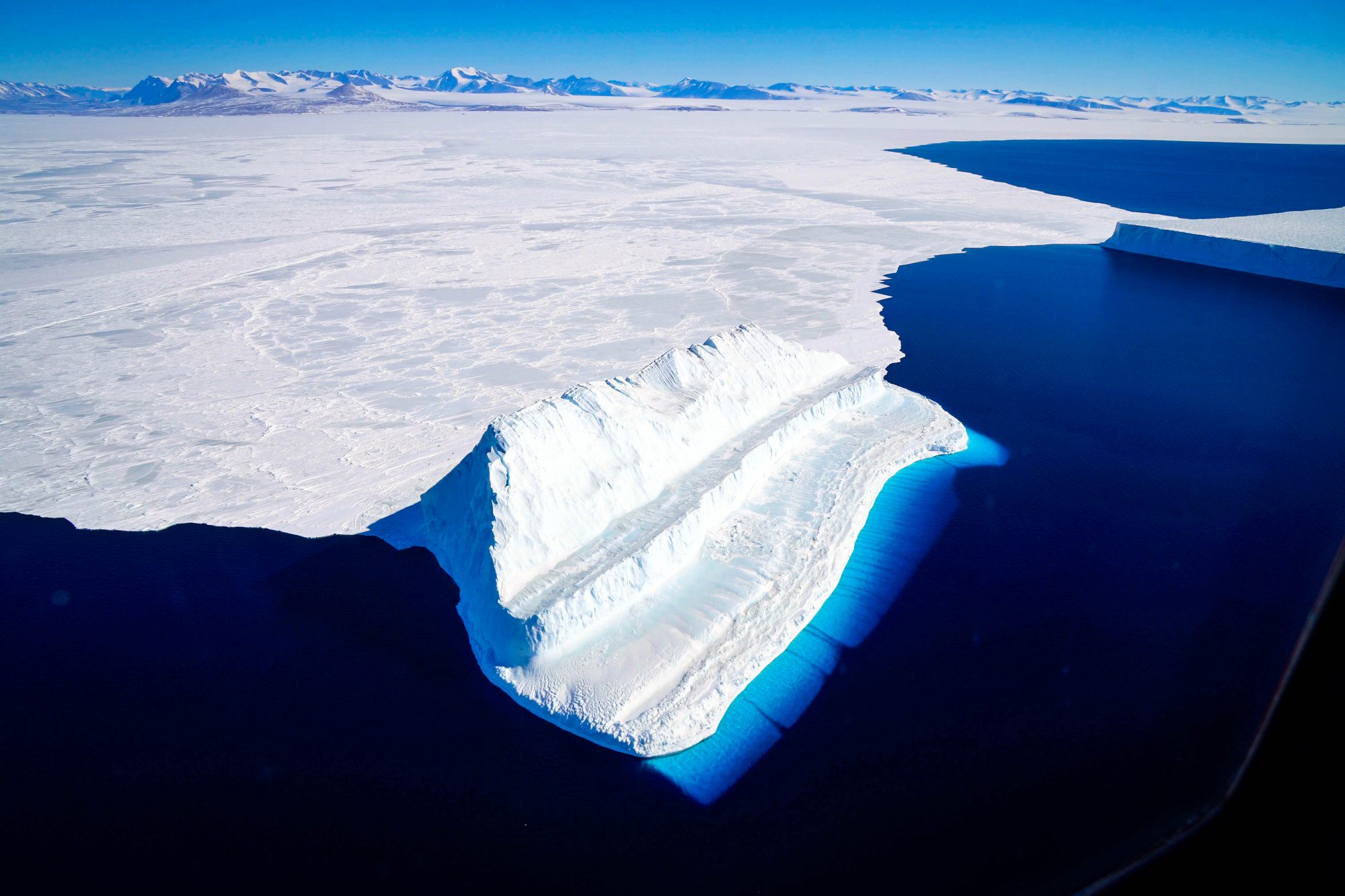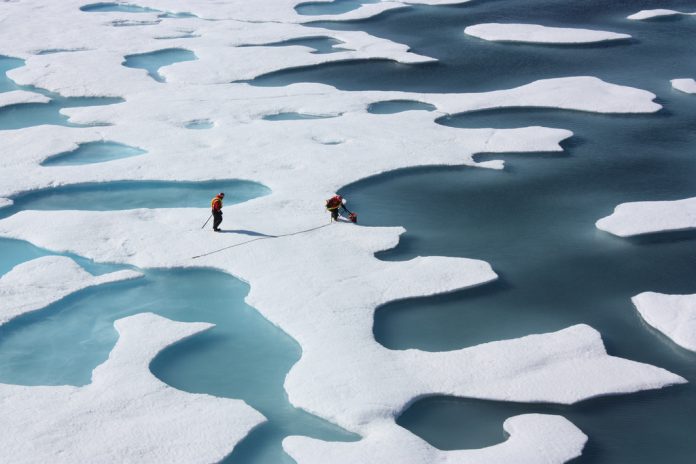The priorities for domestic and international Arctic research in the U.S., including the work of the United States Arctic Research Commission (USARC), are detailed here
The United States Arctic Research Commission (USARC) is an independent agency that provides advice to the President and Congress on both domestic and international Arctic research by reports and recommendations. (1)
Congress created USARC through the Arctic Research and Policy Act of 1984. In January 1985, President Reagan established the agency through Executive Order 12501.
The remit of the USARC can be summarised as follows:
1) To establish the national policy, priorities and goals needed to put together a federal program plan for basic and applied scientific research in the Arctic, including physical, biological and health sciences natural resources and materials, as well as social and behavioural sciences;
2) To promote Arctic research, recommend research policy and to communicate policy recommendations to the President and Congress;
3) To work with the National Science and Technology Council and the National Science Foundation as the lead agency tasked with implementing the Arctic research policy and to support collaboration throughout the Federal Government;
4) To provide guidance to the Interagency Arctic Research Policy Committee (IARPC) to develop and implement national Arctic research projects and a five-year plan;
5) To interact with Arctic residents, international Arctic research programmes and organisations and local institutions, including regional governments to obtain the broadest possible view of research needs.
USARC’s has seven Commissioners, appointed by the President and include four members from academic or research institutions; two from private industry and also the indigenous Arctic residents. Serving as an ex-officio eighth member is the Director of the National Science Foundation (NSF). In addition, advisors are appointed when required to give advice and information on specific research needs and issues of concern to the USARC plus they review draft documents and convey important information on a number of scientific and engineering disciplines.
In terms of USARC’s activities, we know that they hold business meetings and conduct public hearings in Alaska and elsewhere to gain input, plus they undertake site visits and field trips to research facilities and projects throughout the Arctic region. Added to this, recommendations of USARC on Arctic research policy, for example, are published in their biennial Report on Goals and Objectives for Arctic Research, plus the Commission’s Special Report series. (2)

Arctic Scientific Cooperation Agreement
It’s also worth noting here that U.S. Secretary of State and foreign ministers of the seven other Arctic governments signed the Agreement on Enhancing International Arctic Scientific Cooperation during May 2017 in Fairbanks, Alaska. This paves the way for access by scientists of the eight Arctic governments in Arctic areas that have been identified by the governments, including access to research infrastructure, facilities and data plus the entry and exit of people, equipment and materials. The agreement entered into force during May 2018 and, “calls for the parties to promote education, career development and training opportunities and encourages activities associated with traditional and local knowledge.” (3)
Report recommends Arctic research priorities
In recent noteworthy news, we discover that Fran Ulmer, Chair of the USARC, issued the “Report on the Goals and Objectives for Arctic Research 2019-2020 for the U.S. Arctic Research Program Plan”. The report affirms the need for continued scientific research and it gives, for each of the five goals, specific recommendations concerning the motivation for research and examples of current research occurring.
The Report’s goals underline these priority areas of research:
1. Advance Arctic infrastructure;
2. Assess arctic natural resources;
3. Observe, understand and forecast Arctic environmental change;
4. Improve community health and well-being;
5. Enhance international scientific cooperation in the Arctic.
“The rapid rate of change in this region has galvanised attention and support for increased investment in understanding and preparing for the New Arctic,” says Ulmer. “Research and innovative technology development can help people adapt to new conditions and challenges. This report illustrates some of the opportunities to engage communities, businesses, researchers and governments in this effort,” she adds.
This report guides the development of the comprehensive 5-year programme plan for the overall Federal endeavour in Arctic research. Indeed, this plan is submitted to the President for transmittal to the Congress and is revised biennially and has been prepared by the Interagency Arctic Research Policy Committee (IARPC). The most recent version of the White House IARPC plan is “Arctic Research Plan FY17- FY2.”
In closing, we can see that this report is an excellent example of the USARC’s unchanging mission “to develop and recommend U.S. Arctic research policy and to build cooperative links in Arctic research within the federal government, with Arctic residents, the State of Alaska, researchers and international partners.” (4)
References
(1) https://www.arctic.gov/
(2) https://www.arctic.gov/about_usarc.html
(3) https://www.arctic.gov/science-agrmt.html
(4) https://storage.googleapis.com/arcticgov-static/news/2019-2020%20Goals%20Report%20Release.pdf
Open Access Government
editorial@openaccessgovernment.org
www.openaccessgovernment.org
https://twitter.com/OpenAccessGov











